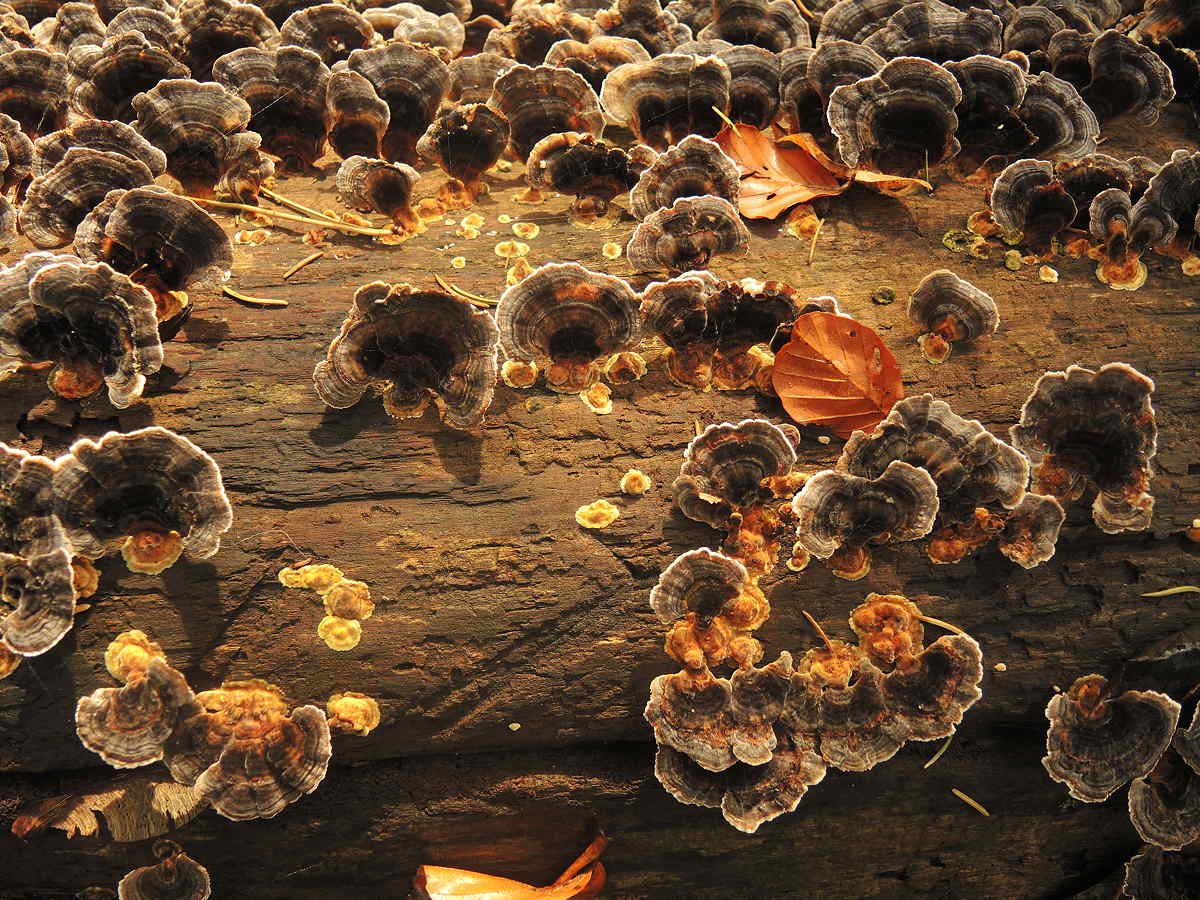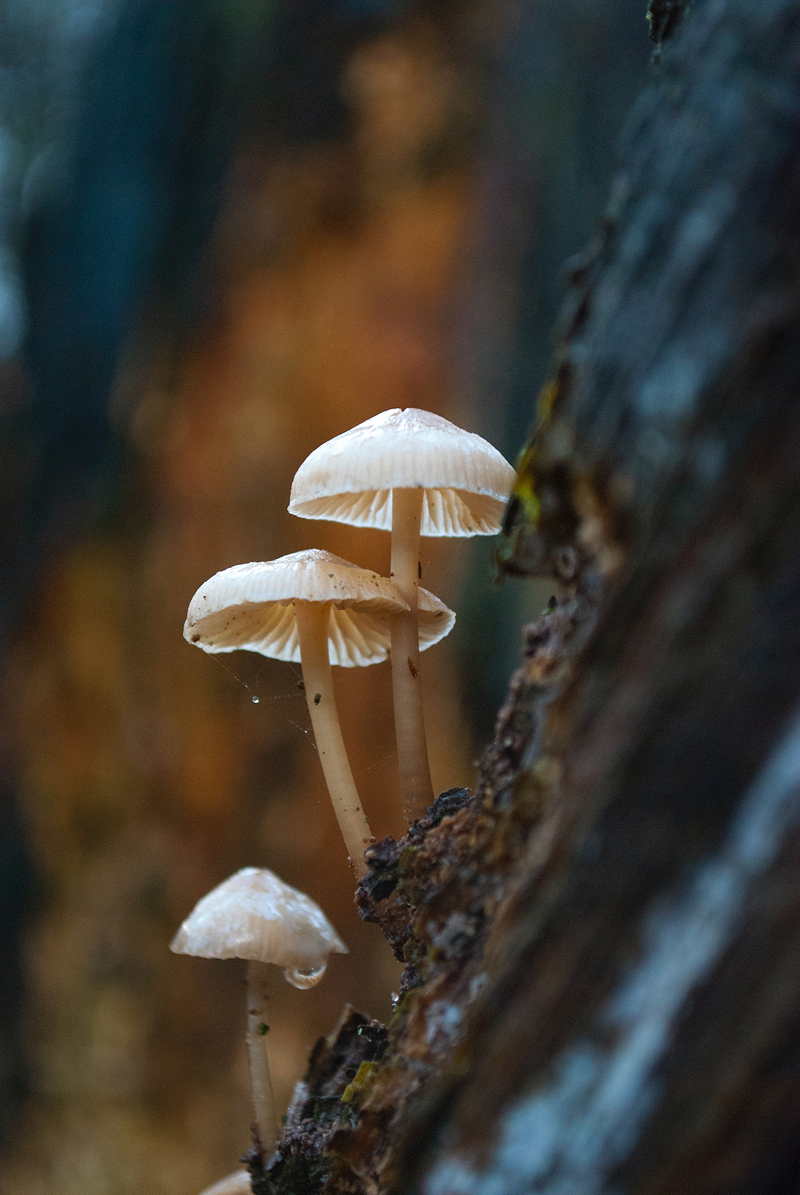Are Mushrooms An Alternative to Meat?
We are becoming everyday more aware of the detrimental impacts of meat production on the environment. Mushroom based diets rose to the occasion as a climate friendly, inexpensive and resource efficient alternative. However, can mushrooms nutritionally replace meat? The fungi kingdom has more to offer beyond what meets the eye. Have you heard of mycoproteins? Find out more!
To receive the Luxiders newsletter, sign up here.
Concerns about certain plant-based proteins have grown because of incomplete amino acid profiles. Not all plant-based contain a good amino-acid profile, meaning they contain the nine essential amino acids for vital functions of the body. On the other hand, soy proteins undergo scrutiny due to their links to GMOs. Wheat-based proteins do not offer a gluten-free alternative, allergic to some consumers. Many look to mushroom diets as a healthy, environmentally friendly alternative. According to SureHarvest, 1 million mushrooms can be produced in one acre, with small water and energy requirements. Mushrooms provide antioxidants, macronutrients, vitamins, and minerals. Are they enough to replace meat?

©Nick Grappone via Unsplash
PROTEIN IN MUSHROOMS
Researchers found that proteins from edible mushrooms often have a complete amino acid profile. However, when it comes to adequate quantities of protein, mushrooms might not be enough. According to the United States Department of Agriculture, mushrooms contain between 1.4g-3.1 grams of protein per cup. Conversely, meat sources provide between 30-45 grams of protein per cup. It would take an unmeasurable feast of mushrooms to reach the recommended protein intake Therefore, many researchers do not support mushrooms as a full substitute for meat in terms of protein requirements.
That does not mean we should rule out the entire fungi kingdom as a high-quality, sustainable alternative to meat. The 2019 Documentary Fantastic Fungi showed that fungi are an entire world to be explored. Mushrooms are just the edible cap found in certain fungi species, the fruit per se. Below the mushrooms, is where the true organism lies, a root-like structure called mycelium. Biotechnological innovations have allowed scientists to derive high-quality proteins from mycelium. We talked to Nature’s Fynd, pioneers in the field, to understand the creation of the next generation of meat-free proteins, mycoproteins.
A CONVERSATION WITH EXPERTS IN MYCOPROTEIN
The terminology can be confusing, here we briefly summarise it. Mycelium is the microscopic part of a fungus that forms a root-like structure. It can start from a single spore, but then colonises other organisms and forms this mat structure. Under the right conditions, like fermentation, these structures “can feel and look like raw chicken”, says Nature’s Fynd. Mycelium contains highly digestible protein, fibre, and other micronutrients.
Every fungus has mycelium. Mycoproteins are usually developed from a specific fungi called Fusarium venenatum, commonly found in nature. In the case of Nature’s Fynd, they use a specific microbe called Fusarium strain flavolapis. Researcher and co-founder of Nature’s Fynd, Mark Kozubal, was conducting research at Yellowstone National Park on organisms that thrive in extreme conditions when he found and named the microbe Fusarium strain flavolapis. The company describes this strain as less ‘picky’ than others since it will eat anything.

©Peter Neumann- via Unsplash

©Jaap Straydog via Unsplash
HOW ARE MYCOPROTEINS MADE?
In short, mycoproteins are the result of the fermentation process of mycelia microbes, like yeast or beer; just that in this case we do not brew beer, but proteins.
If you are interested in science, here is a more detailed explanation. Microbes of Fusarium are fermented in a tank with edible carbohydrates. The fungus colonises the carbohydrate and converts it into protein. Then, we harvest, filter, and purify the new protein through heat to eliminate biological activity- rendering suitable for consumption. After that, we separate the solid part which has formed into a paste we call mycoproteins. After that, mycoproteins can be moulded into various foods including “delicious meat and dairy alternatives, across flavours and cuisines”, says Nature’s Fynd.
Nature’s Fynd has reinvented this process by introducing liquid-air interface fermentation. This new process can render even more resource-efficient and sustainable outcomes. If you want to know more about this process we invite you to visit their website.
NUTRITION OF MYCOPROTEINS
Firstly, mycoproteins contain all nine essential amino acids. Studies have questioned the digestibility and quality of these novel proteins, that means how well we can digest, absorb, and process the nutrients they offer. Nonetheless, Nature Fynd’s mycoprotein scores a 0.92 on the PDCAAS, or Protein Digestibility Corrected Amino Acid Score, the preferred method for evaluating protein quality per the FAO/WHO in human nutrition. With 1 being the highest other mycoproteins share the same score, or 0.91. The score is equivalent to beef and higher than plant-based proteins like soy. On top of that, it also has 50% more protein than tofu and twice as much protein than a raw pea.
Moreover, Nature’s Fynd found that mycoproteins are rich in fibre, low in sodium, and have no cholesterol or trans fats. As an ingredient, mycoprotein has only 1/10th the fat and 30x less sodium than ground beef. Additionally, the beta-glucans from fungi a support a healthy immune system, and balanced cholesterol levels benefit heart health.

©Nature’s Fynd
“Inspired by nature's own efficiency, our breakthrough fermentation technology grows a new-to-the-world protein 24/7, 365 days a year, without the need for rain, sun, or soil” -Nature’s Fynd.
ARE MYCOPROTEINS SUSTAINABLE?
Yes, mycoproteins are a completely vegan sustainable alternative. According to Nature’s Fynd, it only takes four days to grow their mycoprotein, using 99% less land, 99% water, and emitting 94% fewer greenhouse gases than processing beef. It also uses just a fraction of the land, water, and energy of traditional agriculture. Even more, we can produce it anywhere regardless of weather or geography.
Furthermore, mycoprotein might be the protein of the future. Nature’s Fynd, in partnership with NASA, is researching mycoprotein as a protein source for astronauts. In 2022, they sent a bioreactor and the starter microbe to the International Space Station to grow protein in space.
Back on Earth, Nature’s Fynd received a multi-year grant from the Bill & Melinda Gates Foundation to support their research on decentralised fermentation-based production methods. The development will benefit small farming households in low and middle-income countries across Asia and Sub-Saharan Africa. Decentralised fermentation “uses locally grown crops to develop novel protein sources within infrastructure constraints and through the involvement of local stakeholders” explains Nature’s Fynd.
CONVINCED? HERE IS WHERE TO FIND MYCOPROTEINS
Fy Protein from Nature’s Fynd is on over 900 retailers stores in the United States, including Whole Foods and Sprouts Farmers Markets. If you are outside the United States, do not worry, there is an ever-growing market of mycoprotein. Quorn, the first to develop mycoproteins commercially, has widely available products in Europe in many retailers including Aldi, Lidl, Asda, Morrisons, among many others. Quorn has both vegetarian and vegan mycoproteins foods to add to your recipes and for direct consumption. Based in Sweden, Mycorena offers vegan mycoprotein ingredients that we can add to our meals. Mushlabs, based in Hamburg, will soon launch their products to the market. Now next time you visit the supermarket, you can be on the lookout for mycoproteins.
+ Highlight Image:
© Yuval Zukerman via Unsplash
+ Words:
Francesco Witt
Luxiders Magazine




